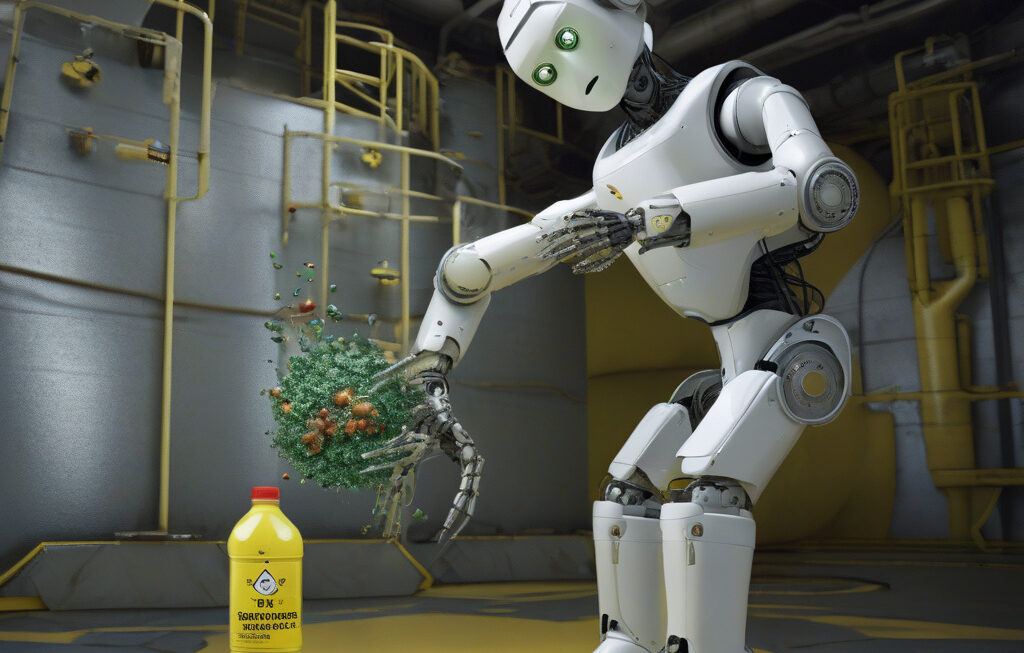“Battleship”-Inspired Model Helps Stanford Scientists Plan Nuclear Waste Storage
Researchers at Stanford University have developed a new mathematical model that could improve the evaluation and planning of nuclear waste storage facilities. Drawing inspiration from the popular game “Battleship,” the model aims to enhance the safety and efficiency of storing radioactive materials for the long term.
Nuclear waste poses a significant environmental and public health risk, requiring careful consideration and strategic planning for its secure containment. The new model created by the Stanford scientists offers a fresh approach to tackling this complex challenge.
By applying principles similar to those used in the game “Battleship,” where players strategically place ships on a grid to outmaneuver their opponents, the researchers have devised a system to optimize the placement of nuclear waste within storage facilities. This innovative approach allows for the meticulous arrangement of radioactive materials to minimize potential hazards and maximize storage capacity.
The “Battleship”-inspired model takes into account various factors, such as the decay rate of different isotopes, thermal constraints, and safety regulations, to determine the most effective configuration for storing nuclear waste. By simulating different scenarios and configurations, researchers can identify the optimal layout that ensures both safety and efficiency.
One of the key advantages of this model is its ability to adapt to changing circumstances and evolving technologies. As the field of nuclear waste management continues to advance, having a flexible and adaptable planning tool becomes increasingly crucial. The “Battleship” approach provides researchers with a dynamic framework to adjust and refine storage strategies in response to new developments.
In addition to its practical applications, the model also offers insights into the broader field of mathematical optimization. By demonstrating how concepts from a recreational game can be translated into real-world solutions, the Stanford scientists highlight the interdisciplinary nature of innovation. This cross-pollination of ideas underscores the importance of thinking outside the box when addressing complex problems.
Furthermore, the development of this model showcases the power of collaboration between different disciplines. By bringing together experts in mathematics, nuclear engineering, and computer science, the researchers were able to leverage their diverse skills and perspectives to create a comprehensive solution. This multidisciplinary approach not only enhances the robustness of the model but also fosters creativity and innovation.
As society grapples with the ongoing challenge of nuclear waste management, innovative solutions like the “Battleship”-inspired model offer a glimpse into the future of safe and efficient storage practices. By harnessing the power of mathematical modeling and interdisciplinary collaboration, researchers can pave the way for more sustainable and secure nuclear waste storage facilities.
In conclusion, the development of the “Battleship”-inspired model by Stanford University scientists represents a significant advancement in the field of nuclear waste management. By combining strategic thinking with mathematical optimization, this innovative approach has the potential to revolutionize how we plan and evaluate storage facilities for radioactive materials. As we continue to seek solutions to complex environmental challenges, creativity and collaboration will remain key drivers of progress.
#Battleship, #StanfordUniversity, #NuclearWaste, #MathematicalModel, #Innovation











